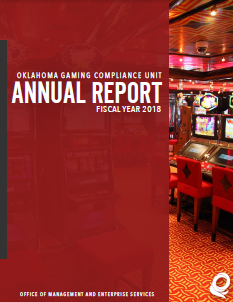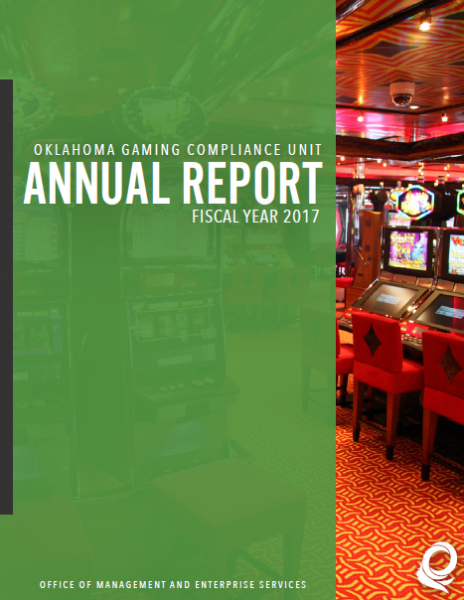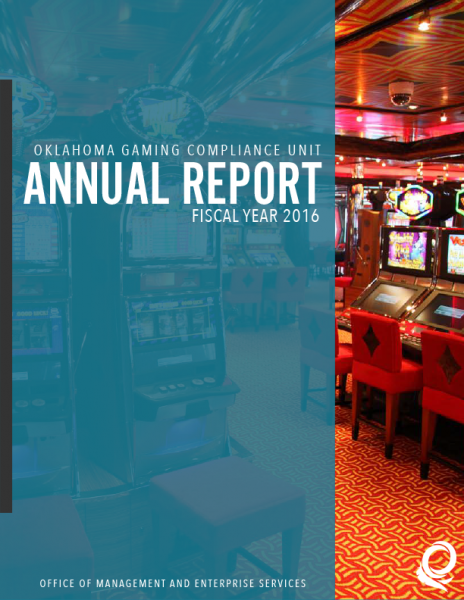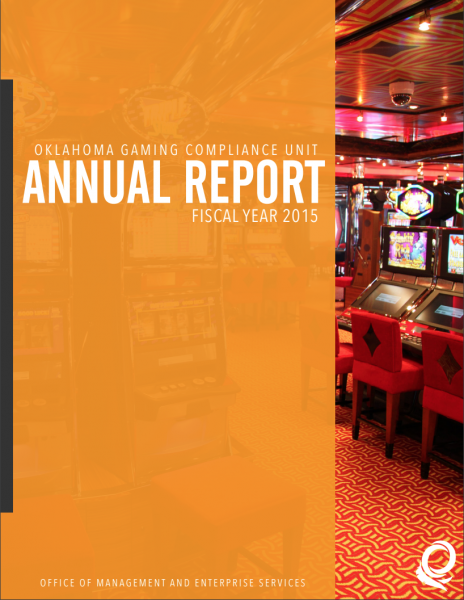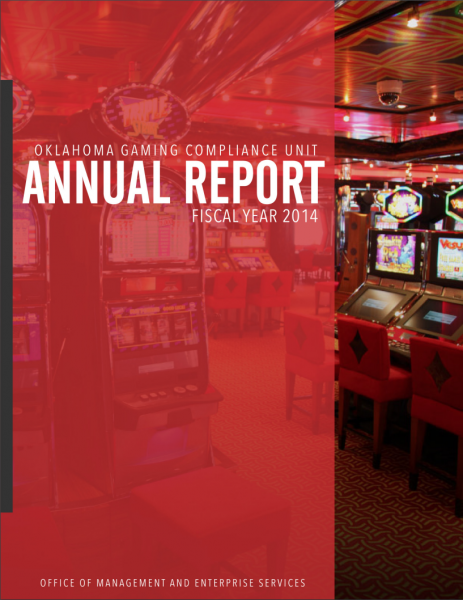Gaming Compliance Unit
In the 2004 legislative session, the Oklahoma Legislature approved Senate Bill 553 and subsequently amended that with Senate Bill 1252. The legislation referred to a vote of the People of the State of Oklahoma, the "State-Tribal Gaming Act." The referendum was approved in a Nov. 2, 2004, vote.
The approved State Question 712 established a model tribal gaming compact, essentially a "pre-approved" offer to all federally recognized Indian tribes as defined in the legislation. Acceptance of the compact, approval by the Secretary of the Interior and subsequent publication in the Federal Register, allows compacting tribes to operate the following covered games:
- electronic bonanza-style bingo games,
- electronic amusement games,
- electronic instant bingo games, and
- nonhouse-banked card games.
The compact establishes monthly exclusivity payments, one-time startup, and annual assessments for the operation of covered games.
The laws include minimum state regulatory requirements on games, accounting and auditing standards, the licensing of employees, liability insurance, property claim procedures and several other provisions.
The law did not affect the authority of the National Indian Gaming Commission (NIGC). That organization still has the authority to ensure that gaming activities comply with the Indian Gaming Regulatory Act (IGRA).
Finally, the law established a State Compliance Agency (SCA), which is identified as the Office of Management and Enterprise Services (OMES). The Gaming Compliance Unit (GCU) is the sub-unit of OSF, which has the authority to carry out the State’s oversight responsibilities under the compact.
Tribe and Casino Reporting Forms
These forms can be downloaded and printed off if tribes choose to mail their forms with payment instead of using the online payment option.


